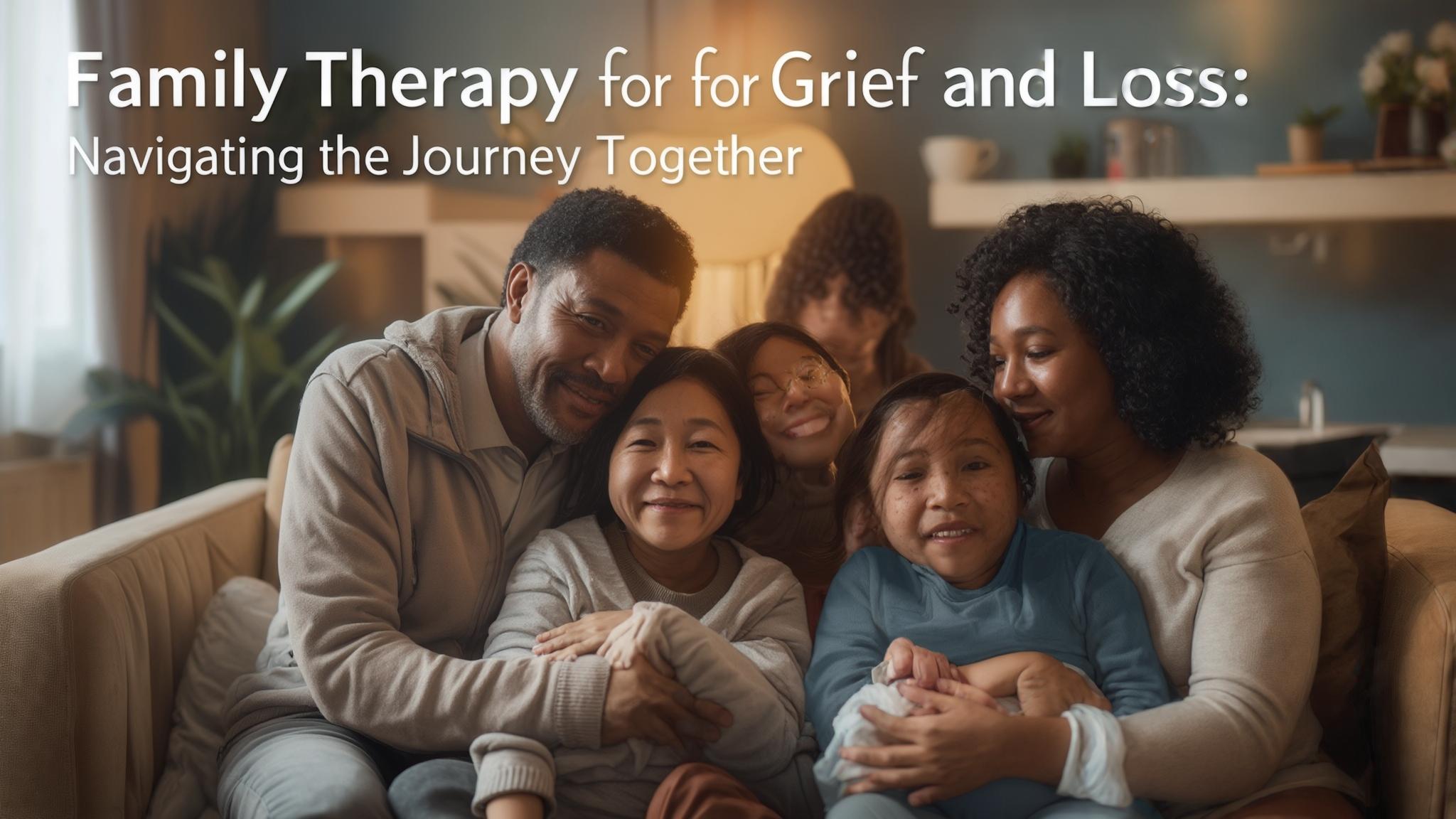Family Therapy for Grief and Loss: Navigating the Journey Together
I. Introduction
A. Definition of Family Therapy
Family therapy is a multidimensional therapeutic approach designed to improve communication, relationships, and interaction within families. It emphasizes the importance of family dynamics in the healing process, particularly during times of grief and loss, when emotional support and understanding become paramount.
B. The Impact of Grief and Loss on Families
Grief can manifest in various reactions within family systems, leading to feelings of isolation, anger, or even guilt. The family unit plays a crucial role in how individuals cope with loss, offering both support and challenges in the grieving process.
C. Purpose of the Article
This article aims to explore how family therapy supports families as they navigate grief and loss. It will provide practical insights and strategies for families and therapists to facilitate healing and understanding within the family unit.
II. Understanding Grief and Loss
A. Types of Loss
- Death of a Loved One: The most intense type of grief, often impacting families profoundly.
- Divorce or Separation: Loss of a relationship can create feelings of abandonment and sadness.
- Loss of Health or a Job: Life changes can provoke significant distress and uncertainty.
- Other Significant Life Transitions: Any major life change can lead to feelings of grief and loss.
B. The Grieving Process
- Overview of Common Grief Models: Many psychological frameworks, including the Kübler-Ross stages of grief (denial, anger, bargaining, depression, acceptance), outline the grieving process.
- Individual vs. Shared Grief Experiences: Family members may experience grief differently, affecting their interactions.
- Cultural and Social Influences on Grief: Cultural norms shape how grief is expressed and processed within families.
III. The Role of Family in Grief
A. Family Dynamics and Grief
Different family members may showcase varied grieving styles, complicating family dynamics. Unresolved conflicts can exacerbate the difficulties in coping with loss.
B. Communication Patterns
Open communication is essential for expressing grief; however, grief often creates barriers to effective dialogue that must be navigated.
C. Support Systems
The strength and effectiveness of family support in coping with loss are crucial. Identifying existing strengths and potential weaknesses within family support systems is an essential step.
IV. Family Therapy: An Overview
A. What is Family Therapy?
Family therapy seeks to address issues within the family system, emphasizing collective healing. Different approaches may be utilized, such as systemic therapy, narrative therapy, and cognitive-behavioral therapy (CBT).
B. The Therapist's Role
Therapists guide discussions about grief, help families articulate their emotions, and offer tools for effective communication and resolution of conflicts.
V. Family Therapy in the Context of Grief and Loss
A. Therapeutic Goals
- Enhance understanding of individual and collective grief experiences.
- Strengthen family bonds and support systems.
- Develop coping strategies and create rituals to honor the deceased.
B. Therapeutic Techniques
- Genograms: Mapping family relationships to visualize connections and histories.
- Role-Playing: Exploring different perspectives within family dynamics.
- Creating Family Narratives: Generating stories that honor the deceased and foster shared memories.
C. Addressing Complicated Grief
Identifying signs of complicated grief helps therapists tailor their approach, accommodating families experiencing unresolved trauma.
VI. Practical Strategies for Families
A. Communication Tips
- Encourage open dialogues about feelings and memories.
- Implement active listening techniques to show empathy and validation.
B. Rituals and Remembrance
Create meaningful memorialization practices, reinforcing the importance of celebrating the deceased’s life and their impact on the family.
C. Self-Care for Family Members
Recognizing the necessity for self-care during the grieving process is crucial. Encourage participation in individual therapy or support groups as needed.
VII. Case Studies and Real-Life Examples
A. Brief Case Study 1
A family coping with the loss of a parent, where therapy helped each member articulate their grief, ultimately fostering deeper connections.
B. Brief Case Study 2
A family undergoing a divorce learned to communicate effectively about their grief, leading to healthier dynamics moving forward.
C. Insights Gained
Each case illuminated the vital role of therapy in guiding families through their unique challenges while grieving and highlighted the importance of patience and understanding.
VIII. Conclusion
A. Summary of Key Points
Family therapy is instrumental in navigating grief and loss, presenting opportunities for healing and growth within family systems.
B. Encouragement for Seeking Help
It’s important to normalize seeking therapy during challenging times. Resources are available for families to connect with qualified family therapists.
IX. References
- Academic articles on grief and family therapy.
- Books and resources for further reading on grief theories.
- Links to support organizations and hotlines that offer assistance during times of loss.
Additional Considerations
- Target Audience: This article is intended for families experiencing grief, therapists, mental health professionals, and educators who wish to understand the dynamics of family therapy in the context of loss.
- Tone: The tone is compassionate and informative, recognizing the sensitivity of the subject while providing concrete strategies to help.
- Visuals: Infographics to illustrate the grieving process, family dynamics, and therapy techniques, alongside testimonials from therapists and families who have benefitted from family therapy.

